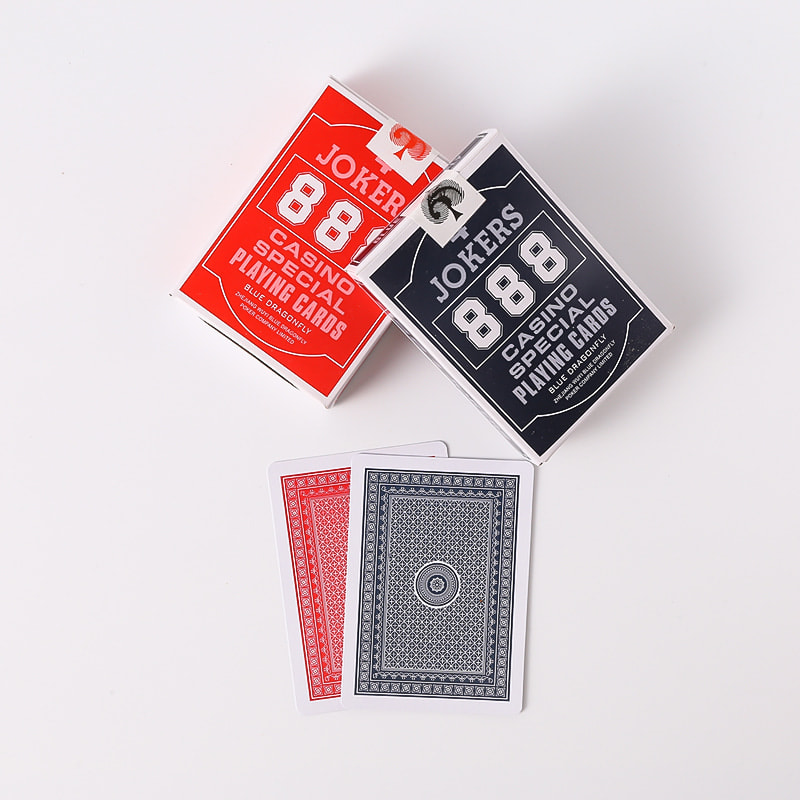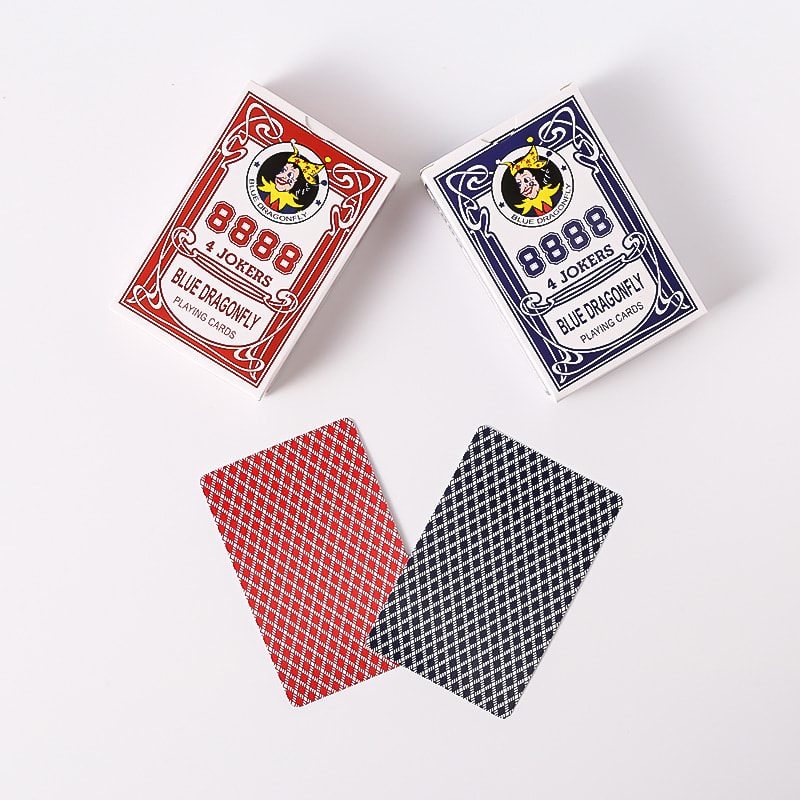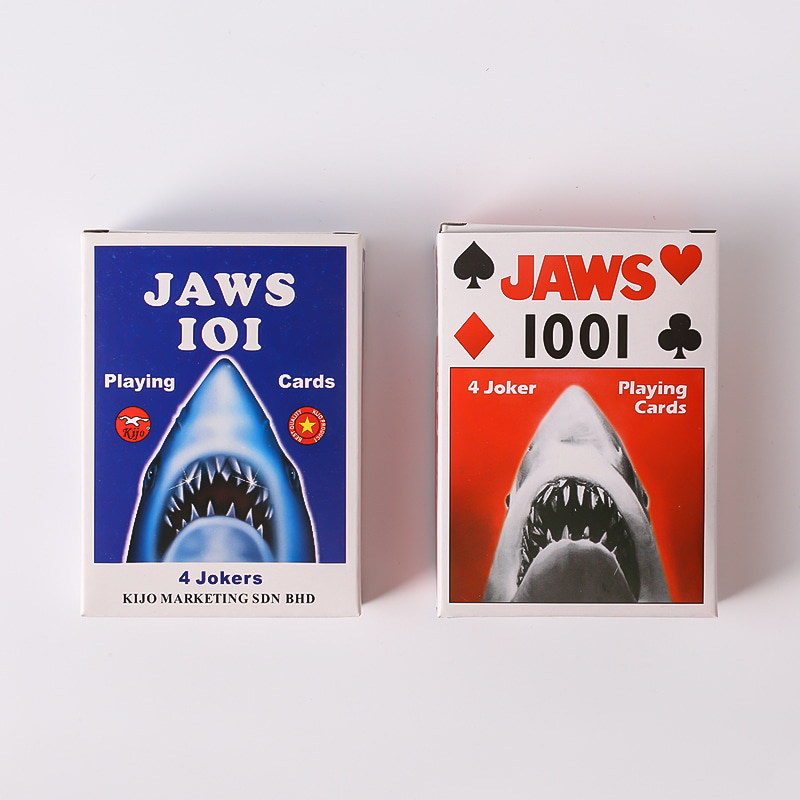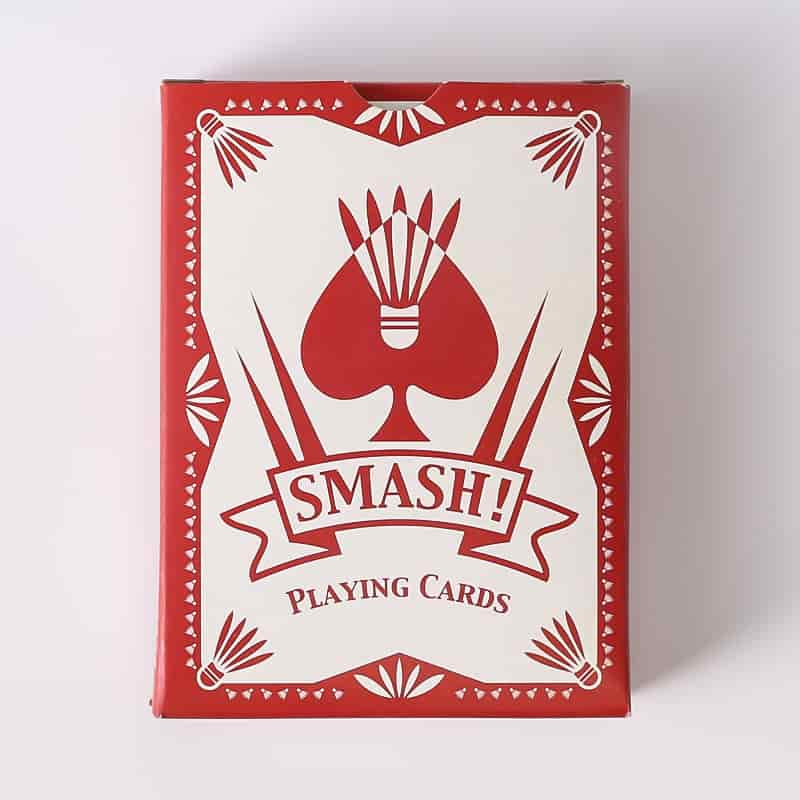Web Menu
Product Search
Exit Menu
Extent of Automation in Modern Playing Card Manufacturing Machines
China Custom Playing Card Manufacturing Machine Producer
The automation of industrial processes has been a significant driver of efficiency and productivity in the manufacturing sector. When it comes to the production of playing cards, the role of the Playing Card Manufacturing Machine cannot be overstated. These machines have transformed the way cards are made, moving from manual labor-intensive processes to highly automated systems. The degree of automation in Playing Card Manufacturing Machines has a direct impact on the speed, quality, and consistency of the final product. This article seeks to explore the extent of automation in these machines and its implications for the industry.
The journey of a playing card from concept to completion is a complex one, involving several stages such as design, printing, cutting, packaging, and quality control. In the past, each of these stages was performed manually, which was not only time-consuming but also prone to human error. The introduction of the Playing Card Manufacturing Machine has automated many of these steps, causing a more streamlined and efficient production process.
At the design stage, automation in Playing Card Manufacturing Machines has been achieved through the integration of computer-aided design (CAD) software. This allows for the creation of intricate card designs with precision and speed. Once the design is finalized, the next step is printing, where automation comes into play with digital printing technology. High-speed digital printers integrated into the Playing Card Manufacturing Machine can produce thousands of cards per hour with high-resolution graphics.
Cutting, another critical stage in the production process, has also seen significant automation. Modern Playing Card Manufacturing Machines are equipped with automated cutting systems that can accurately cut printed sheets into individual cards. This not only speeds up the process but also ensures uniformity in the size and shape of the cards.
The packaging of playing cards is another area where automation has made a significant impact. Many Playing Card Manufacturing Machines now include automated packaging lines that can sort, pack, and seal the cards into their final packaging. This not only reduces the need for manual labor but also decreases the risk of damage or mishandling during the packaging process.
Quality control is a crucial aspect of any manufacturing process, and the Playing Card Manufacturing Machine is no exception. Automated quality control systems can inspect each card for defects such as misprints, color inconsistencies, or damage. These systems can detect and remove defective cards from the production line, ensuring that only high-quality cards reach the consumer.
The level of automation in Playing Card Manufacturing Machines also extends to the management and monitoring of the production process. Many machines are now equipped with sensors and control systems that can monitor the machine's performance in real time. This allows for immediate detection of any issues, reducing downtime and ensuring that the production process runs smoothly.
However, despite the high degree of automation, there are still areas where human intervention is necessary. For example, the initial setup of the machine, the loading of raw materials, and the final inspection of the finished product often require human oversight. Additionally, the design and customization of playing cards may still involve a significant amount of human creativity and decision-making.
In conclusion, the automation of the Playing Card Manufacturing Machine has changed the production of playing cards. It has increased efficiency, reduced errors, and improved the overall quality of the product. As technology continues to advance, the automation of these machines will likely become even more sophisticated, further enhancing the production process. However, the human element remains a vital part of the process, ensuring that the playing cards produced are not only mechanically t but also creatively appealing.




 English
English عربى
عربى











